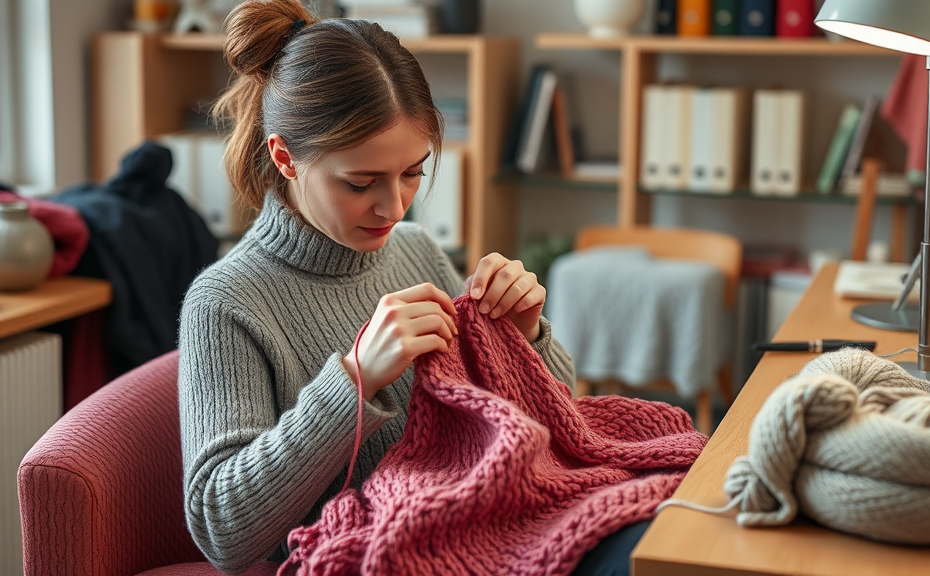For knitters, the joy of creating intricate patterns and cozy garments can sometimes be overshadowed by discomfort or strain. Understanding ergonomics for knitters is essential for prolonging health and enhancing the overall knitting experience. By implementing ergonomic principles, knitters can minimize physical strain and maximize enjoyment during their crafting sessions.
One of the foremost considerations in ergonomics for knitters is the workspace setup. Ensuring that your knitting area is well-organized and conducive to comfort can make a significant difference. Here are key elements to consider:
- Chair Selection: Opt for a chair that provides proper lumbar support. A cushion or lumbar roll can improve posture.
- Table Height: The height of your knitting table should allow your elbows to rest comfortably at a 90-degree angle.
- Lighting: Proper lighting reduces eye strain. Use a bright, adjustable lamp that illuminates your workspace.
In addition to workspace ergonomics, pay attention to hand positioning while knitting. Utilizing ergonomic knitting tools can prevent excessive strain on the fingers and wrists. Knitting needles designed with soft grips and ergonomic shapes can significantly enhance comfort. Furthermore, alternating knitting techniques, such as using continental or English methods, may alleviate repetitive strain injuries.
Incorporating frequent breaks into your knitting routine is vital. Taking short pauses every 20-30 minutes helps prevent stiffness and allows your muscles to relax. Stretching your hands, arms, and back during these breaks can revitalize your body and enhance your overall well-being.
Ultimately, embracing ergonomics for knitters is about creating a sustainable and enjoyable crafting environment. By prioritizing comfort and health, you can continue to indulge in your passion for knitting without the drawbacks of physical discomfort.
